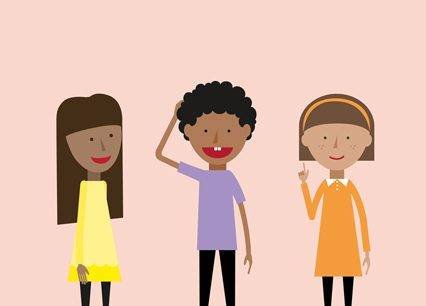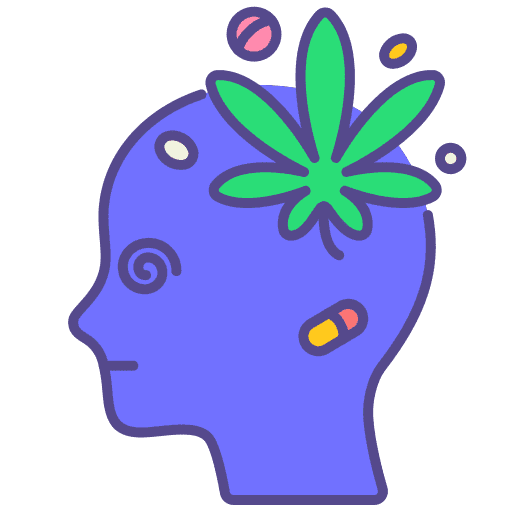
Intervention Team
One of the most important aspects of the intervention process is selecting the intervention team who will work together to defeat the problem that the addicted individual is faced with. The selection process begins by drafting a list of all the significant people in the addict or alcoholics life. These include people that the addict loves, admires, respects cares for, or depends upon. The team may hence include the sufferer’s family members, relatives, close friends, and even colleagues. Care has to be observed in ensuring that the intervention team does not include individuals who are disliked by the addict or who are reluctant to participate in the intervention because of the anger that they have towards the addicted individual. It is also counterproductive to involve individuals who are likely to inform the addict about the person before time.







